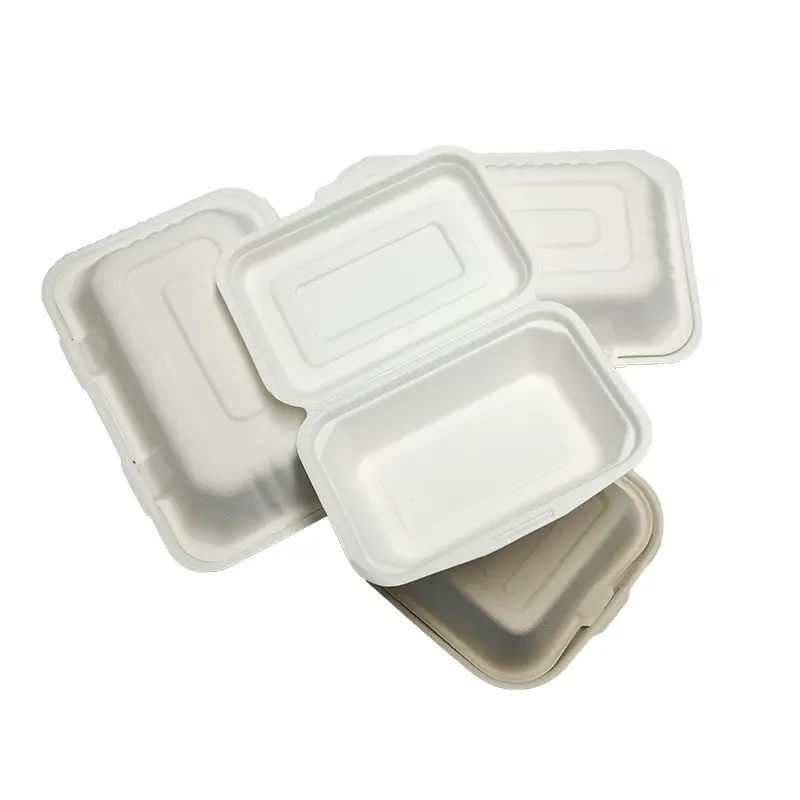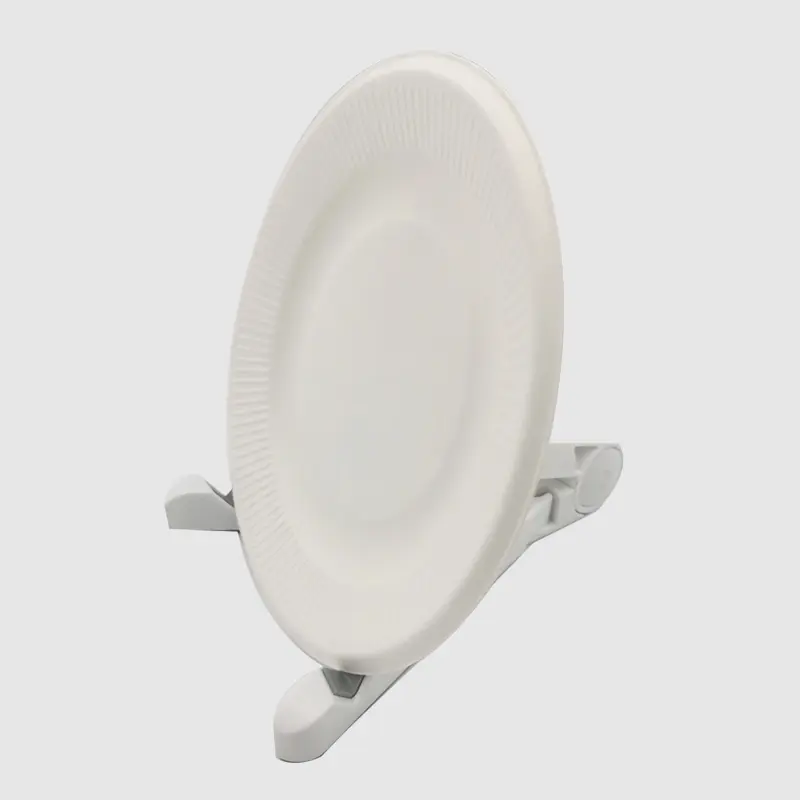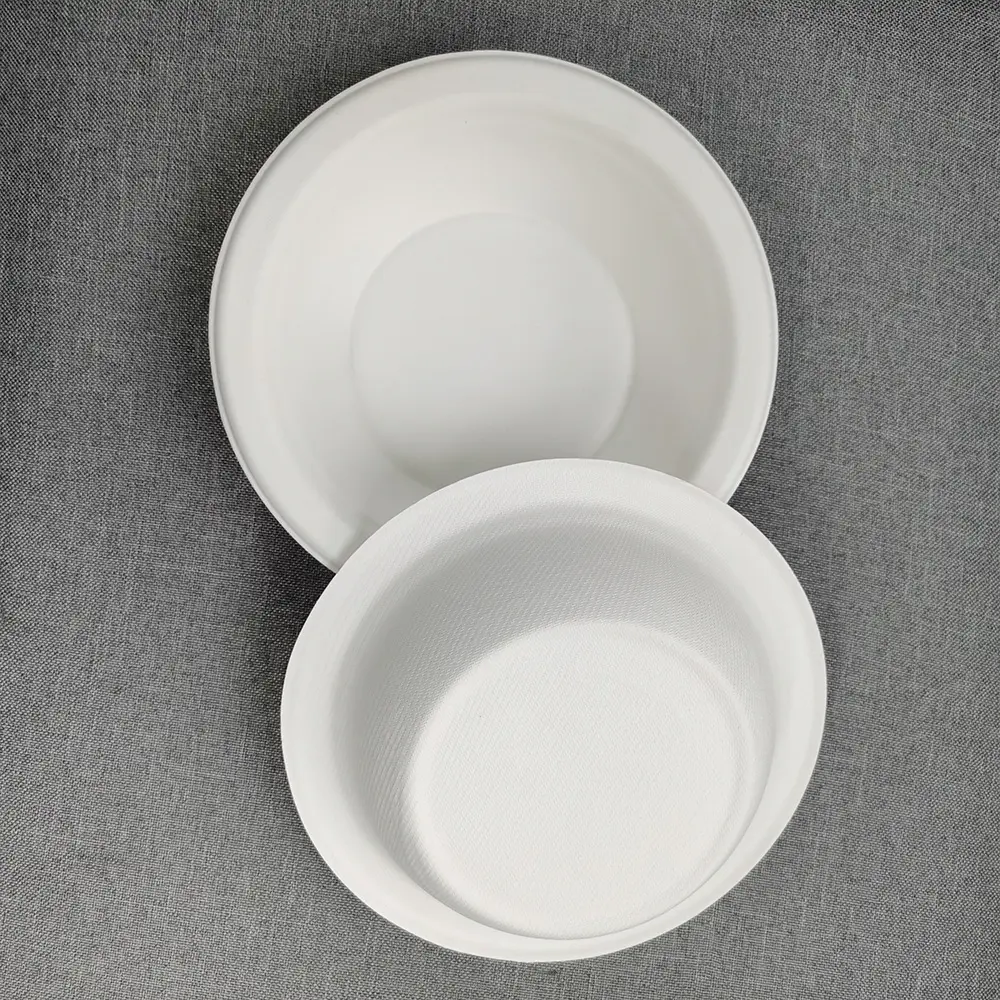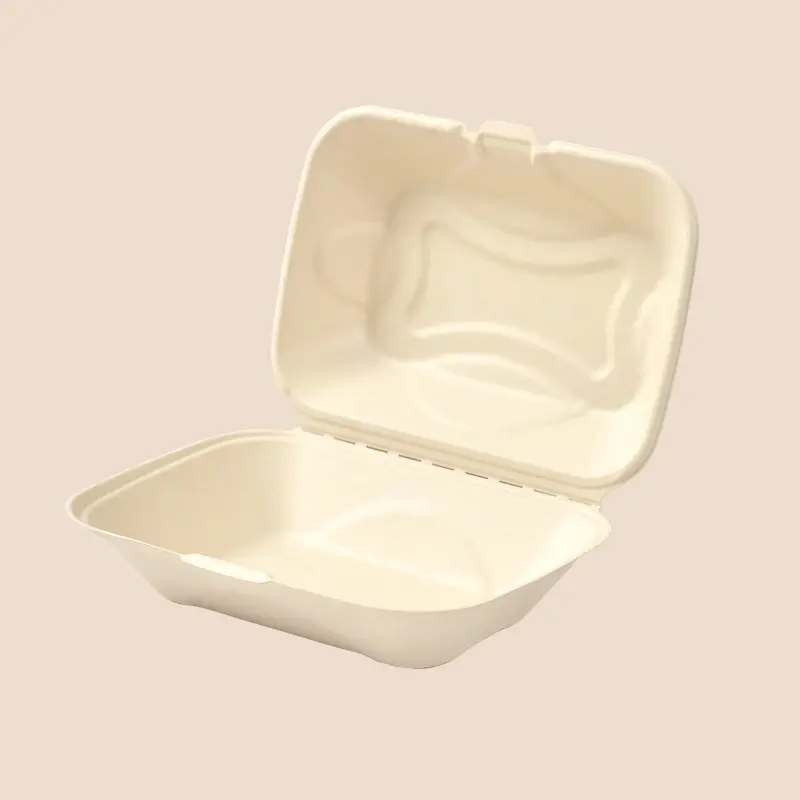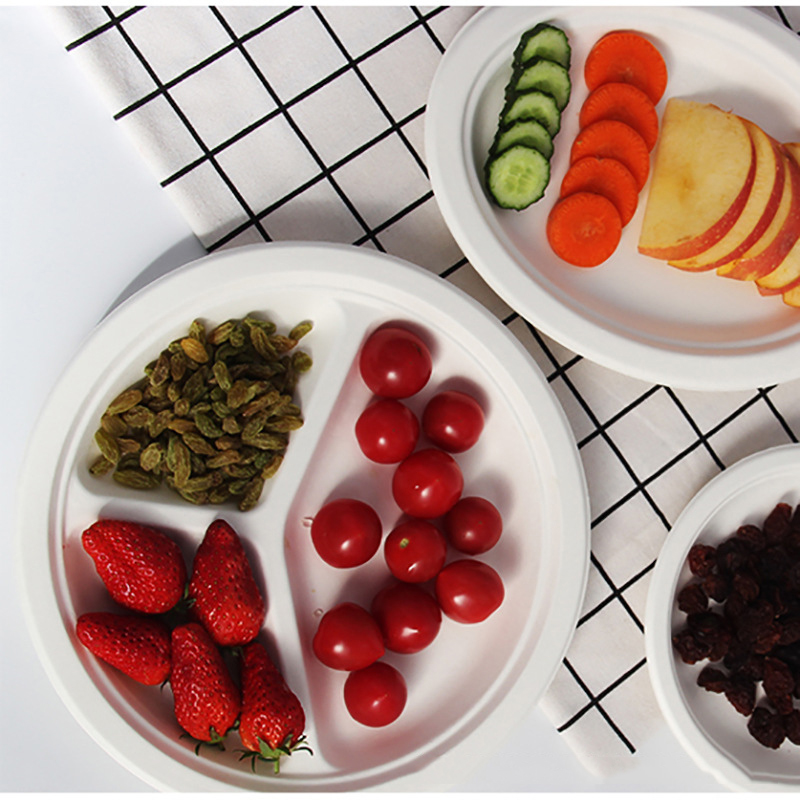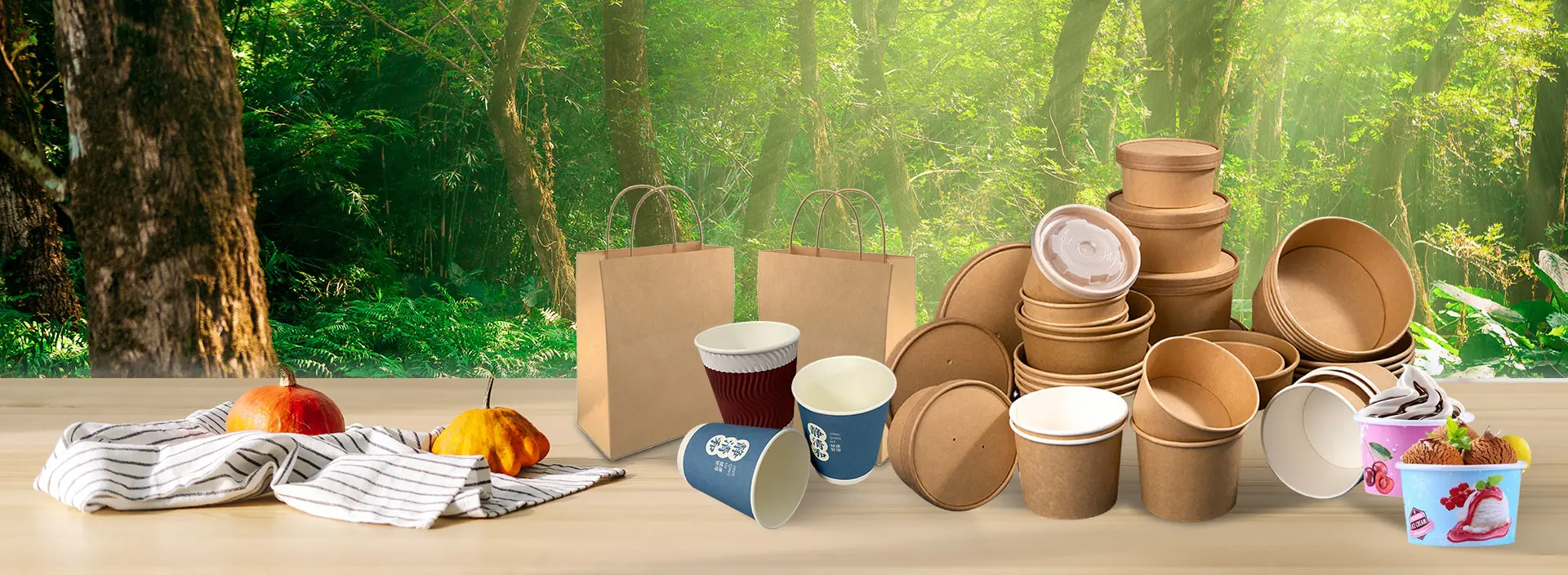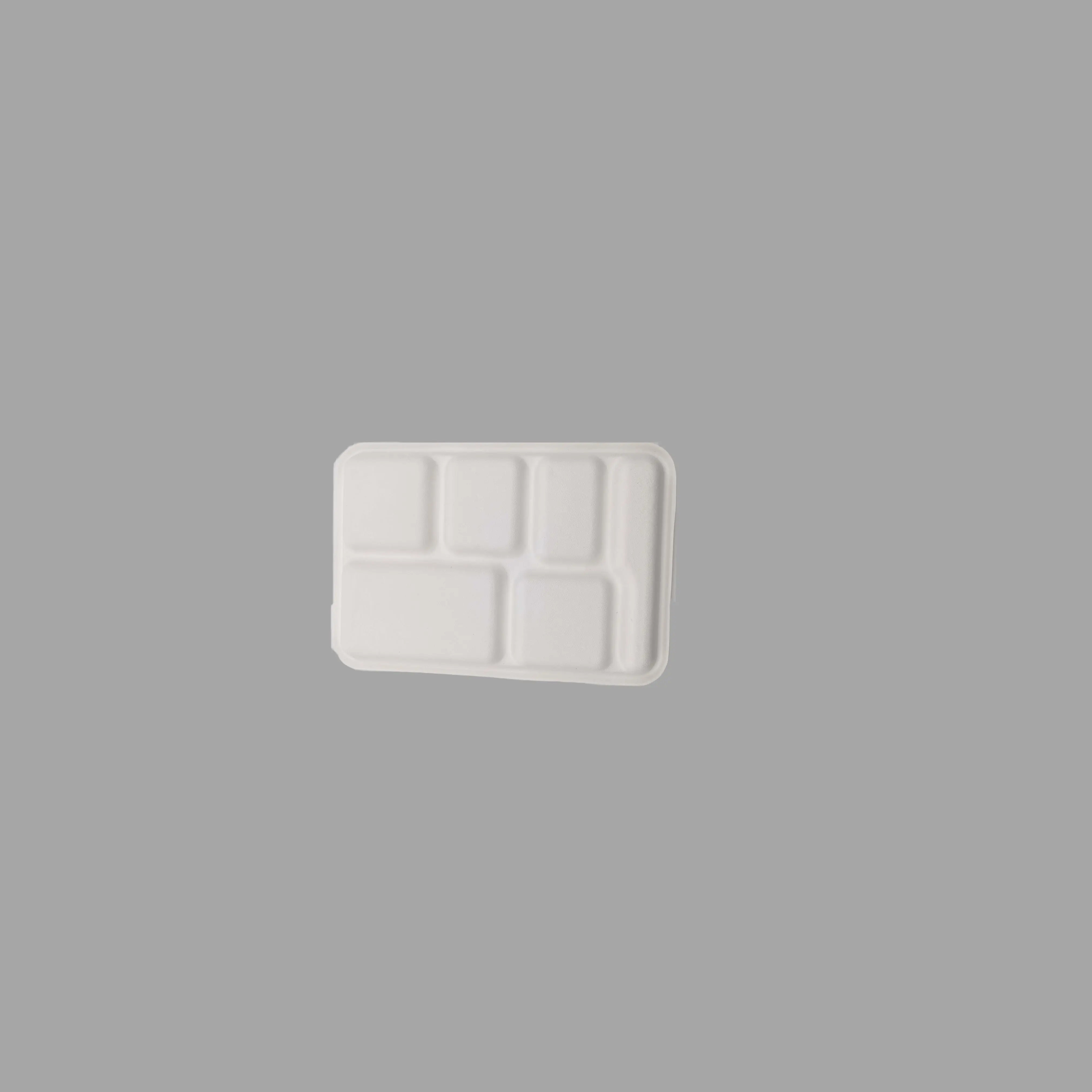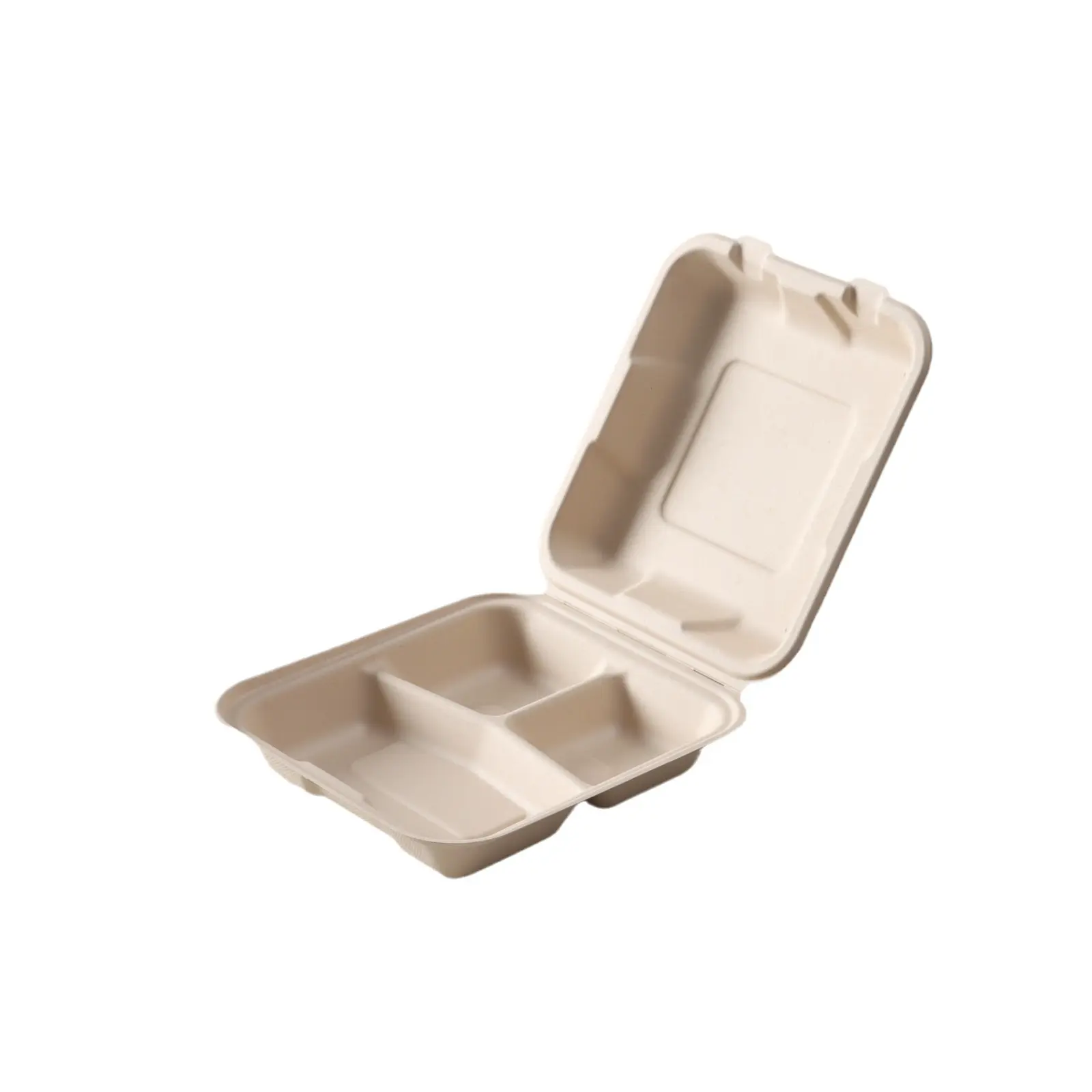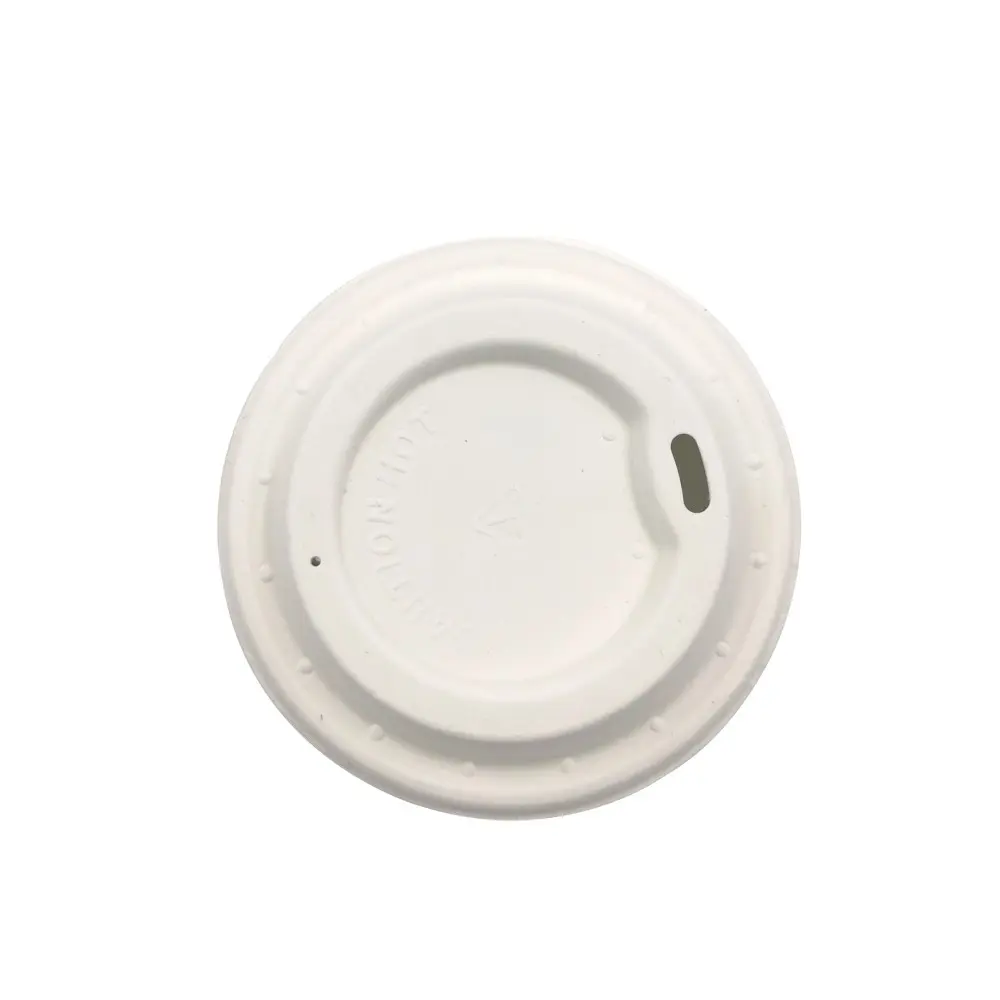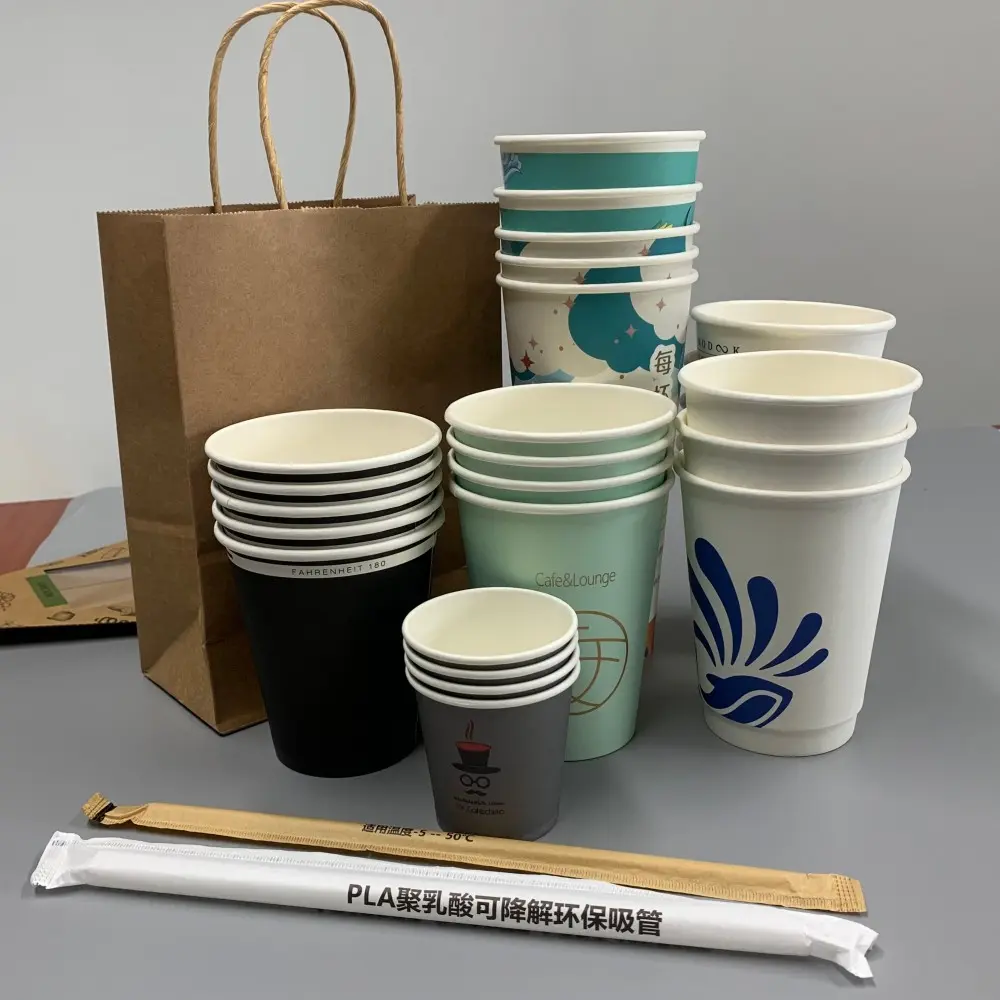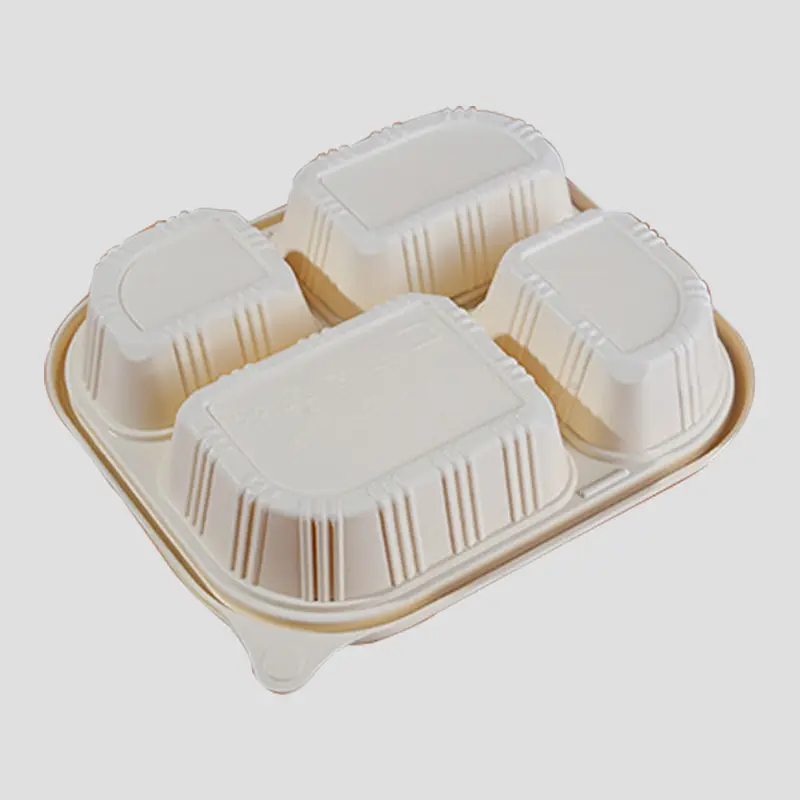Bagasse Plates: Production Process, Features, Benefits, and Practical Uses
Experience a refreshing take on style with our latest collection that combines elegance and comfort, tailored to elevate your wardrobe. Each piece is designed with attention to detail, ensuring a perfect fit for any occasion. Embrace modern fashion that reflects individuality and sophistication.Bagasse Plates are eco-friendly tableware made from sugarcane fiber, also known as bagasse. Their production process is both sustainable and efficient, contributing significantly to environmental conservation.
Production Process: The manufacturing of bagasse plates begins with the collection of bagasse, a by-product of sugarcane processing. This material is washed, pulped, and mixed with water to form a slurry. The slurry is then poured into molds that shape it into plates. Heat and pressure are applied during this stage to ensure durability and structural integrity. No additional chemicals or additives are required, making the process environmentally friendly. After molding, the plates undergo drying and cooling before being packaged for distribution.
Characteristics: Bagasse plates possess several notable characteristics. Firstly, they are biodegradable and compostable, breaking down naturally within 30-90 days in industrial composting facilities. Secondly, they are microwave-safe, allowing users to reheat food conveniently without compromising quality. Additionally, these plates are grease-resistant and can withstand temperatures ranging from freezing to over 200°F (93°C), making them suitable for a wide range of foods. Lastly, their natural appearance and texture provide an aesthetic appeal that enhances dining experiences.
Application Scenarios: Bagasse plates find extensive use in various settings due to their versatility and sustainability. Restaurants and cafes utilize them for takeout orders, offering customers an eco-conscious alternative to traditional plastic or Styrofoam containers. Catering services employ bagasse plates for events such as weddings, corporate gatherings, and outdoor parties, where hygiene and convenience are paramount. Schools and institutions also adopt them for cafeteria meals, promoting environmental responsibility among students. Furthermore, they are ideal for picnics, barbecues, and other outdoor activities, providing a durable yet disposable solution for serving food.
By choosing bagasse plates, individuals and businesses contribute to reducing plastic waste while enjoying high-quality, functional tableware. Their sustainable production process and versatile applications make them a preferred choice in today’s environmentally conscious world.
When seeking eco-friendly dining solutions, I often find myself turning to bagasse plates. These plates are made from sugarcane waste, offering a sustainable alternative to traditional plastic and paper products. As a part of my commitment to quality and sustainability, I recommend reaching out to reliable suppliers like Guangxi U-Yee Environmental Technology Co., Ltd. They specialize in manufacturing high-quality OEM bagasse plates that meet diverse business needs, Being a part of the B2B market, I understand the importance of partnering with trustworthy factories. Their expertise ensures that each plate is not only durable but also biodegradable, making them perfect for businesses aiming to reduce environmental impact. With their competitive pricing and commitment to quality, working with them can truly enhance your product offerings. It’s an investment towards a greener future—one plate at a time!



